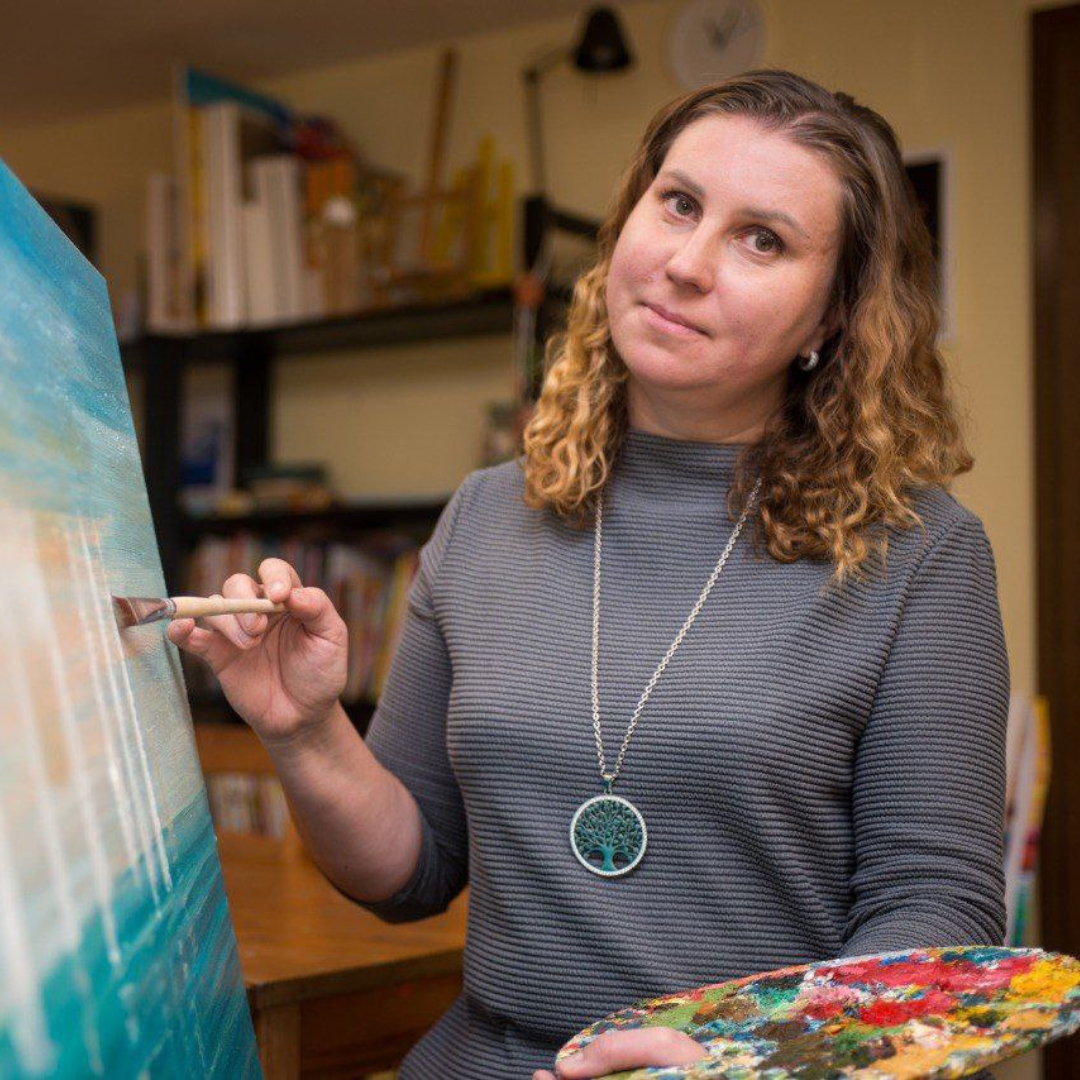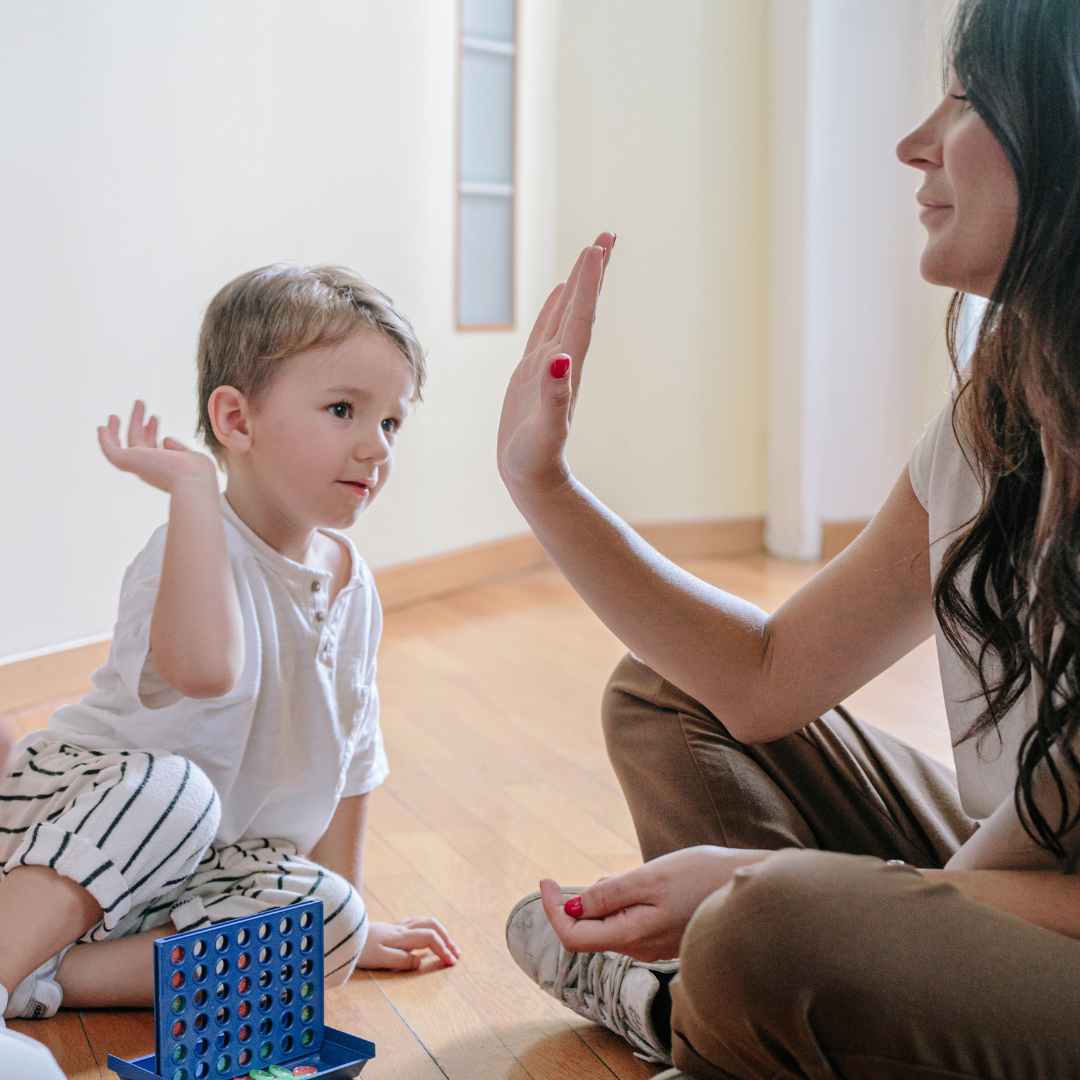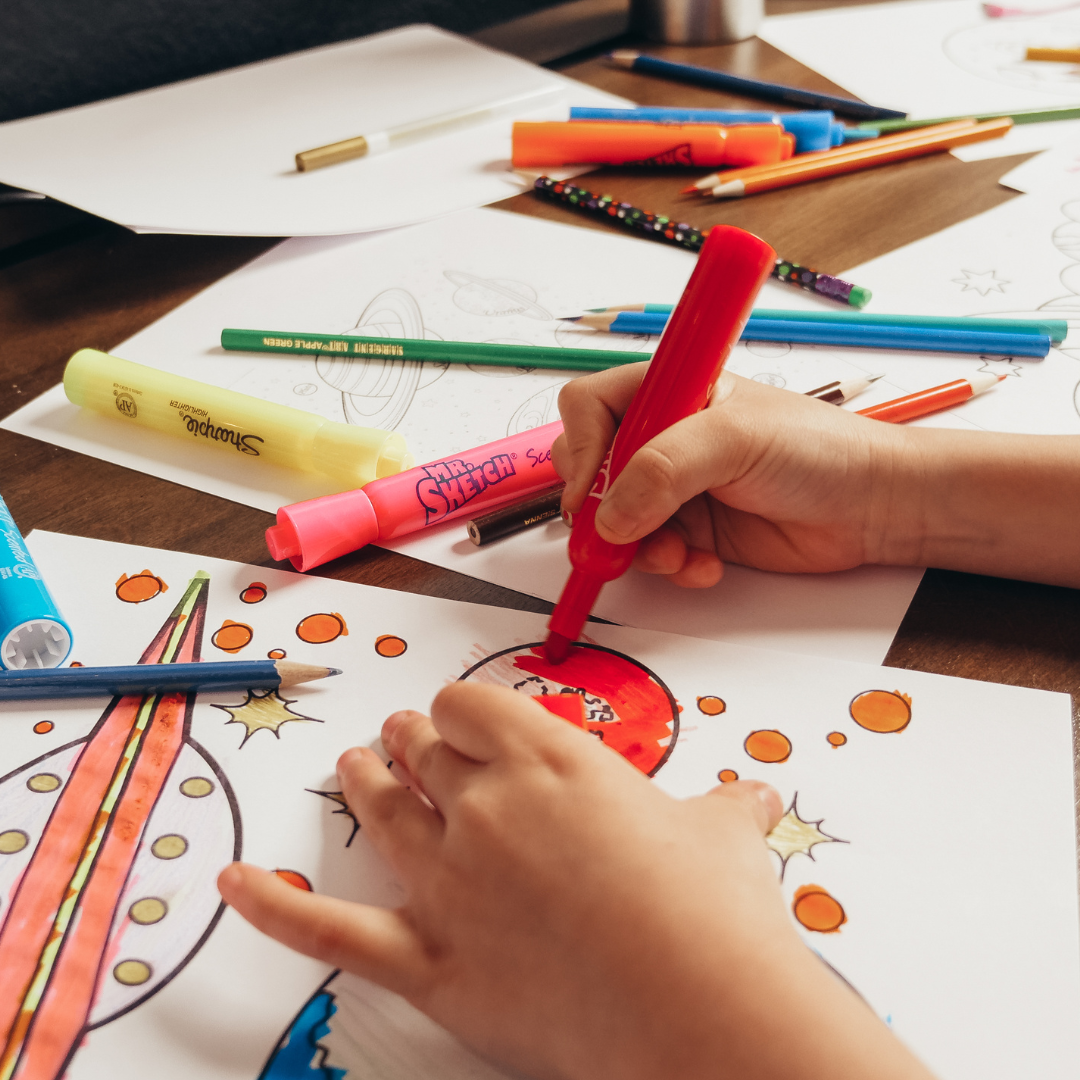Often we adults want to "cultivate" our children, we come with them to an art museum or a gallery and do not know what to talk to them about; or after running through the main famous paintings, we tell the child to look at this or that famous artist, often the child does not say anything and pretty soon we hear in response… it's boring... and many parents feel guilty… Well, I brought him, and he is bored. Of course, not everyone is like that, but it is a common situation…
What to do? There is ALWAYS a way out.
- A child is often interested in what concerns us, sincerely and with full interest, if it is difficult to watch the Renaissance period in art, but the joy of abstraction or vice versa, so we go for their preferences, and the child is already for us, let him see our parental delight, emotions, impressions.
- Let it be a little, even a couple of halls, rather than the entire museum running for half an hour, in which case the visual impressions will capture the really important things for your baby.
- Invite your child to walk through the halls and feel "his" painting, let him stand in front of the canvas, and you will have a chance to find out what your child admired IMMEDIATELY.
WHY should we take a child to a museum?
The importance of visiting museums for children is clear to many, but why?
- Immersion in the history of reality can be seen in the paintings of artists, for example, the picture of N. Goncharov "Whitewashing Canvas" at a time when it was not possible to buy something on Amazon, and through the plot of this picture, you can talk about history, about the life of the people who lived, how and what happened, it is interesting to children. Through the paintings you can learn history and communicate with your child on new and varied topics, answering the questions of the little geek.
- To distinguish a still life from a landscape and a portrait from an abstraction, it is easy for adults to understand, but it would be great for children to talk about it and, combining the useful with the pleasant, you can play a game, accumulating points for finding a landscape in the halls or count how many portraits the little seeker will find.
- With older children, discuss what thoughts and feelings they see in the depicted people, what colors and shades the artist used in the picture, and how they can use this in their drawings, thus expanding the boundaries of children's observation.




